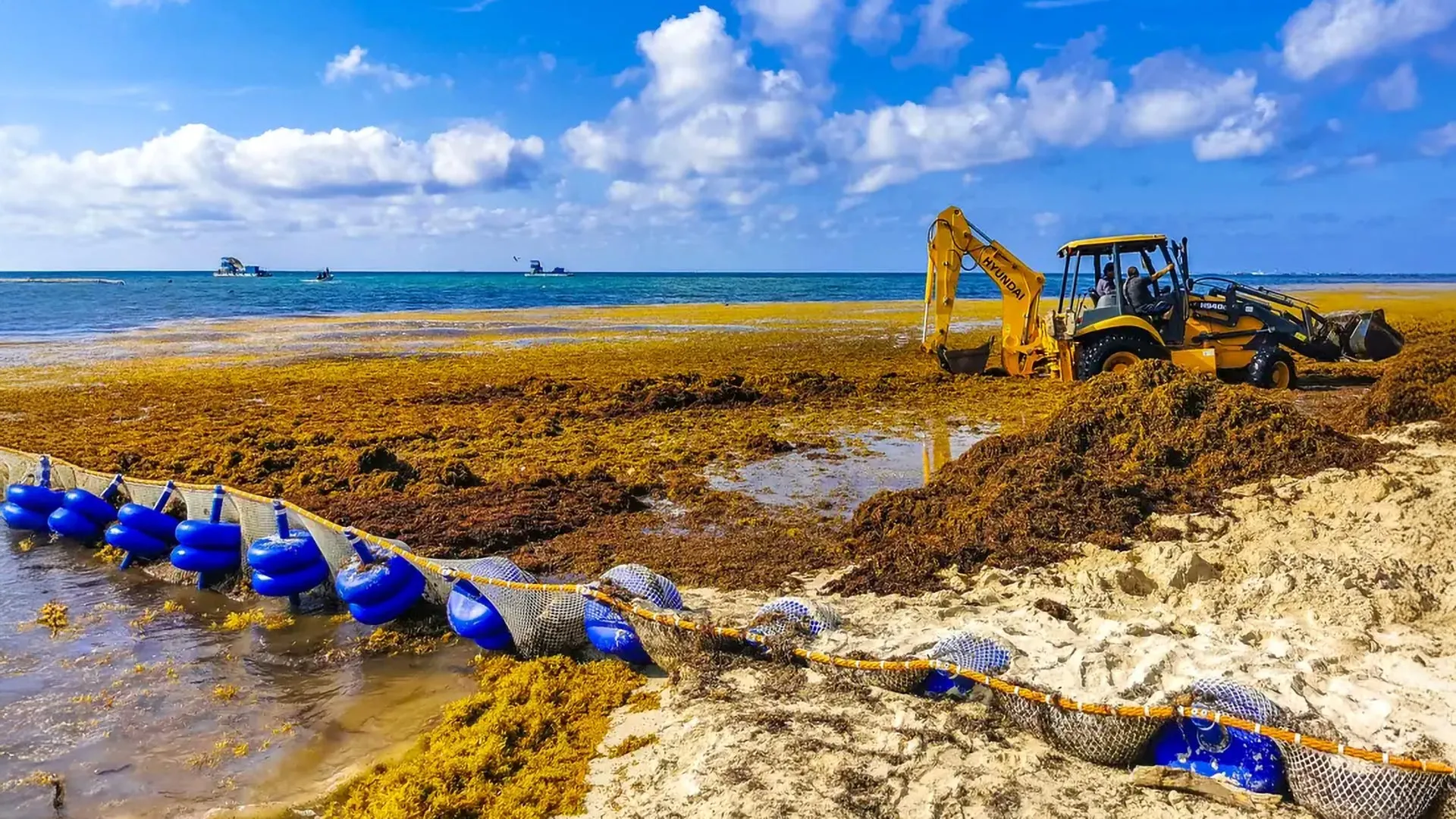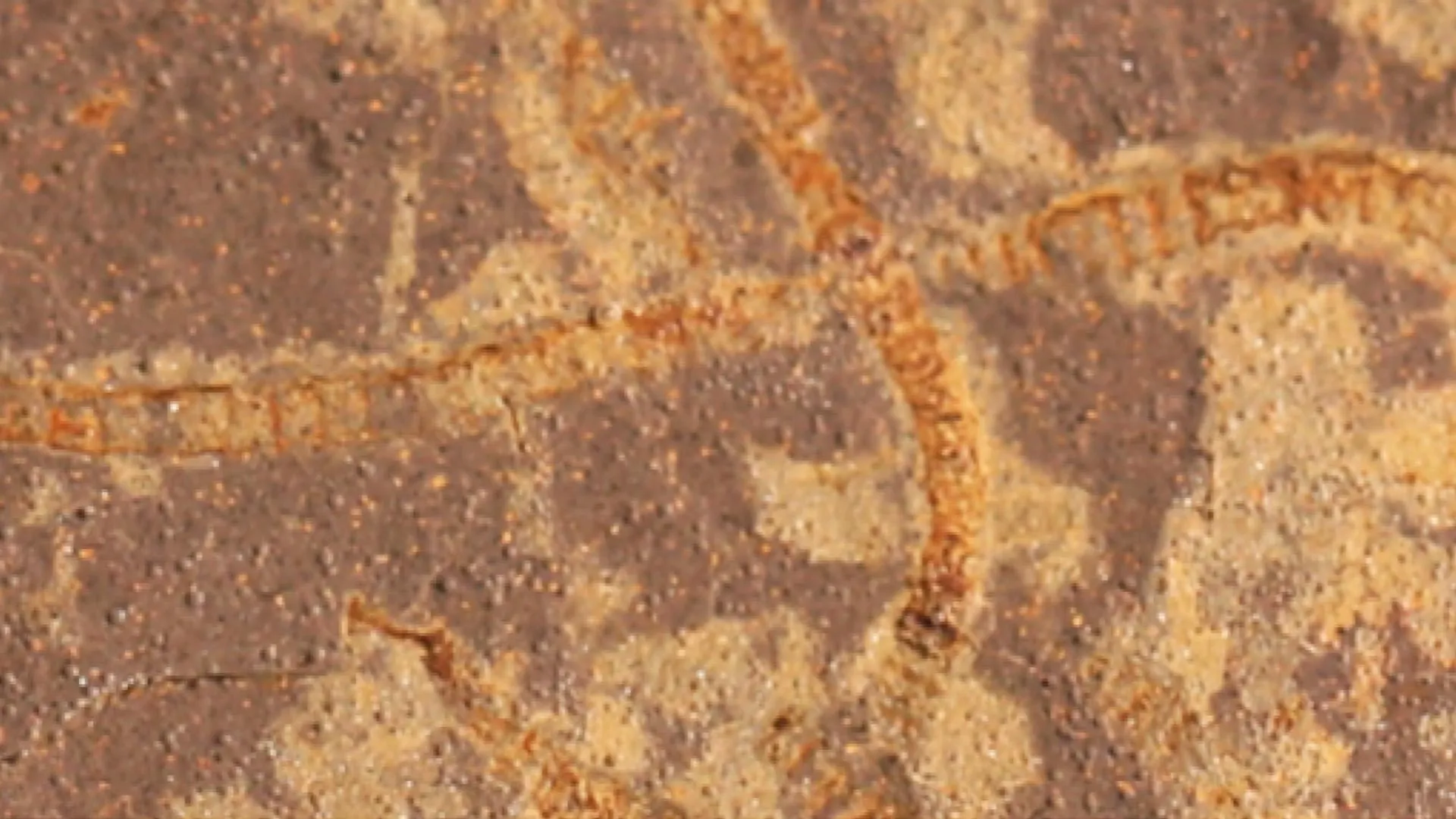PROTECT YOUR DNA WITH QUANTUM TECHNOLOGY
Orgo-Life the new way to the future Advertising by AdpathwayScientists report that ancient bogs located throughout the Southern Hemisphere contain important clues to a significant change in Earth's climate thousands of years in the past. Researchers studying peatlands found that abrupt movements in the Southern Westerly Winds 15,000 years ago set off a large expansion of these wetland systems.
For many years, geoscientists have lacked a clear explanation for why vast bogs appeared across the Southern Hemisphere after the last Ice Age. According to a new study published in Nature Geoscience, the research team now believes that rapid shifts in regional wind patterns created conditions that favored widespread peatland development. The project was coordinated by the University of Southampton and included contributions from specialists around the world.
Lead author Dr. Zoë Thomas explained that the results indicate the winds influence not only the amount of carbon stored within peatlands, but also the exchange of CO2 between the ocean and the atmosphere. She said: "When the winds shifted north 15,000 years ago, they changed the stirring action in the Southern Ocean which acts as the largest natural carbon sink on Earth."
Tracking Peat Formation Across the Southern Hemisphere
Peatlands act as major natural reservoirs of carbon. They form when waterlogged soils accumulate layers of dead vegetation over thousands of years. To investigate how and when these environments developed, the researchers examined peat samples collected from South America, Australasia, southern Africa and the sub-Antarctic islands. Radiocarbon-dating allowed the team to identify the periods when conditions became sufficiently cool and wet for plants to grow, decay and gradually produce thick peat layers.
Dr. Thomas noted: "We found a clear pattern -- major peat growth occurred at the same time the winds shifted north or south, coinciding with changing atmospheric levels of carbon dioxide."
Modern Wind Shifts and Climate Risk
Recent measurements show that the Southern Westerly Winds are moving again, this time toward the South Pole as a result of climate change.
If this progression continues, Dr. Thomas cautioned that the ocean's capacity to absorb carbon could be significantly reduced. She added: "This southerly shift has already led to increases in continental droughts and wildfires across the southern landmasses."
Co-author Dr. Haidee Cadd from the University of Wollongong in Australia emphasized the broader implications. She said: "If the planet's largest carbon sink becomes less effective, it will accelerate the rate at which CO2 accumulates in the atmosphere, amplifying global warming trends."


 13 hours ago
1
13 hours ago
1





















 English (US) ·
English (US) ·  French (CA) ·
French (CA) ·